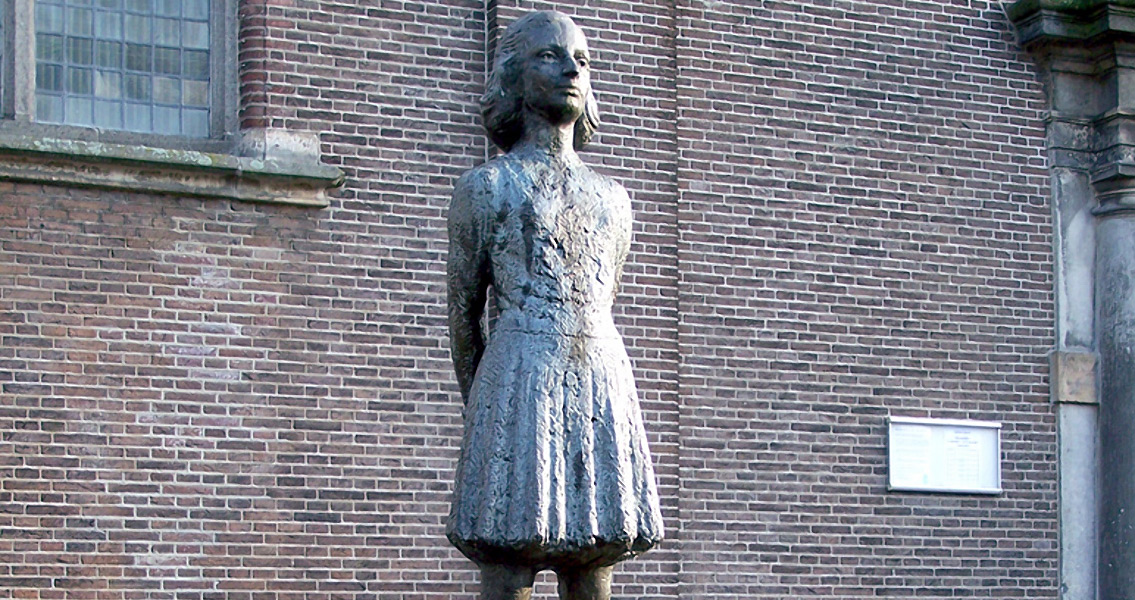<![CDATA[Researchers working in Poland on an excavation at the Nazi death camp Sobibór have discovered a triangular pendant that appears to be almost identical to one Anne Frank wore, raising questions about whether a possible connection to her has been discovered. It's possible the young girl the pendant belonged to was related, or somehow connected to the famous diarist. Experts from the Israeli Holocaust memorial, Yad Vashem, believe the pendant likely belonged to a Jewish girl named Karoline Cohn. On one side of the pendant the words "Mazal Tov" are inscribed in Hebrew, along with the date Karoline was born. On the other side is the Star of David and the Hebrew initial for God, the letter "heh." Both Karoline and Anne were born in Frankfurt, Germany, in 1929. During the Nazis' rise to power, Anne’s family escaped to Holland, while Karoline's family remained in Frankfurt, from where they were deported to the city of Minsk in Belarus. It’s unclear if Karoline died in the horrific Minsk ghetto, or at the Sobibór camp where her pendant somehow found its way, falling through floorboards along the path leading to the gas chambers, where it’s lain buried for the past 70 years. Anne Frank is known to have perished in 1945 at the Bergen-Belsen camp. The Sobibór extermination camp, located in occupied Poland near the village of Sobibór, was part of Operation Reinhard, the Holocaust’s deadliest phase. Jews from Poland, Germany, France, the Netherlands, the Soviet Union and Czechoslovakia were taken by rail to Sobibór, where most were suffocated in gas chambers. Approximately 200,000 people died at the camp. The Minsk ghetto was established on July 20, 1941, directly after the German army invaded the Soviet Union and captured Minsk, the capital city of the Belorussian SSR. The ghetto’s total population was around 80,000 (although some sources claim it was as high as 100,000), including 50,000 pre-war residents. The remaining number were Jews and refugees the Nazis forcibly resettled. As in other ghettos, inhabitants lived in extremely harsh conditions, without sufficient food or medical supplies, and were required to work in German-run factories and other operations. By August, 1942, there were less than 9,000 Jews living in the ghetto, according to official German documents, and the ghetto was no longer in existence by 21 October 1943, with a majority of the Minsk Jews dying in the Sobibor death camp. When the Red Army recaptured the city in July, 1944, only a few Jewish survivors were left. “This pendant demonstrates once again the importance of archaeological research of former Nazi death camp sites. The moving story of Karoline Cohn is symbolic of the shared fate of the Jews murdered in the camp,” archeologist Yoram Haimi, from the Israel Antiquities Authority (IAA), told the Telegraph. The organization is appealing to the public for anyone who has information regarding Karoline Cohn to contact IAA. They are also attempting to locate Sophie Kollman, a woman who, in 1978, submitted testimony about Karoline Cohn. ]]>
Pendant Like the One Worn by Anne Frank Discovered at Sobibór
